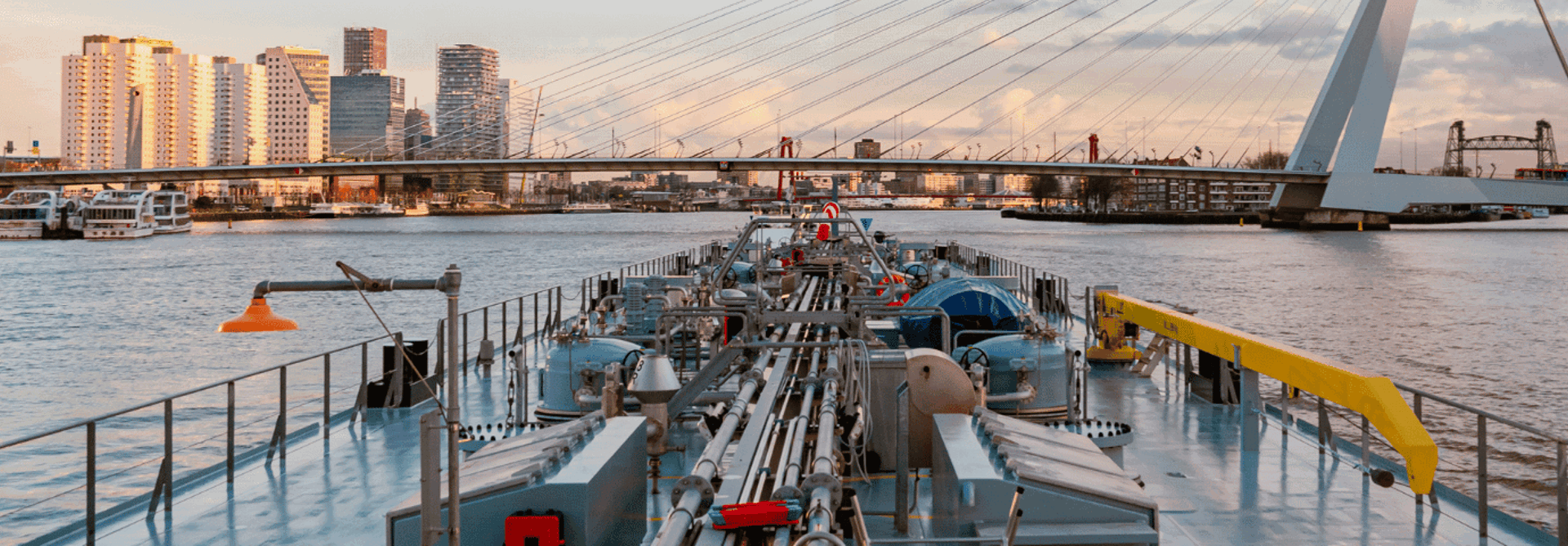On this page, different use cases from the GreenDeal validation program can be downloaded for reference.
Each solution has consequences for both the construction of the ship and the operation on board. This could include the required space on board, the layout of the ship and integration with other systems, as well as the user-friendliness during operation, the total costs and therefore very important the ROI of the ship itself. These factors are different for each ship type, operational condition or length of sailing routes. All these different factors are weighed against each other in order to make a well-founded choice. It is therefore important that the information and data about the effects of these solutions is reliable. In the Green Deal validation, we ensure that validation makes available information of new sustainable technologies reliable. The validations are carried out by the knowledge institutes TNO and Marin. Validation means an assessment of the technology’s performance claim (% emission reduction).
Wattlab PV: effective option for cargo vessels
Discover Wattlab. The Solar Flatrack photovoltaic (PV) system is an effective option for reducing greenhouse gas (GHG) and pollutant emissions on general cargo vessels. The reductions depend on the vessel’s operational area. The study concludes that it can provide a positive financial return and a meaningful contribution to reducing CO2 emissions.
download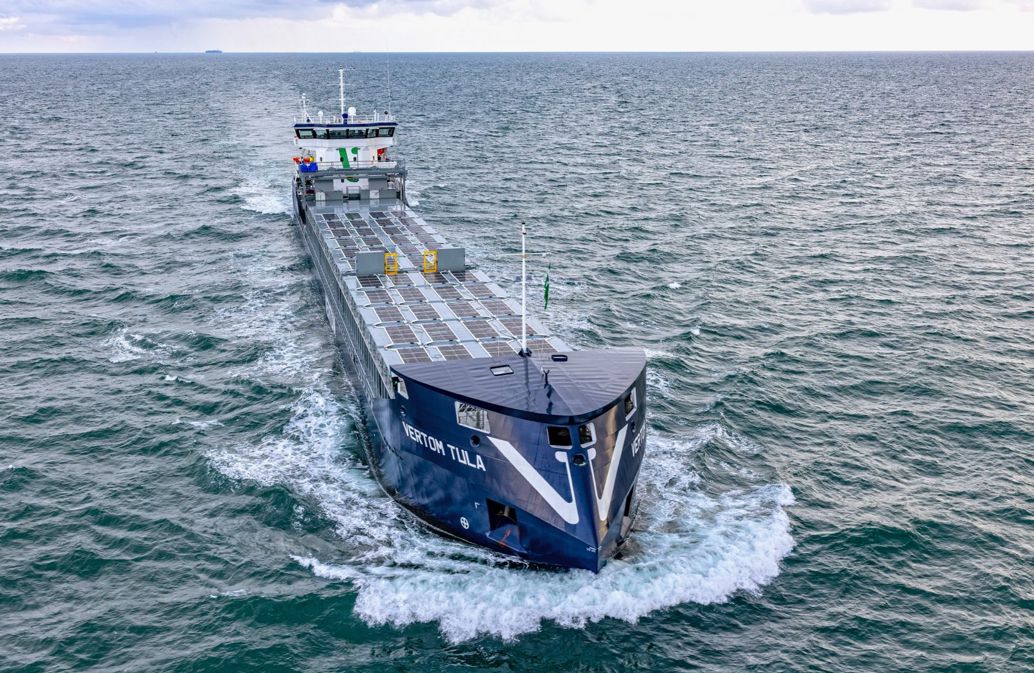
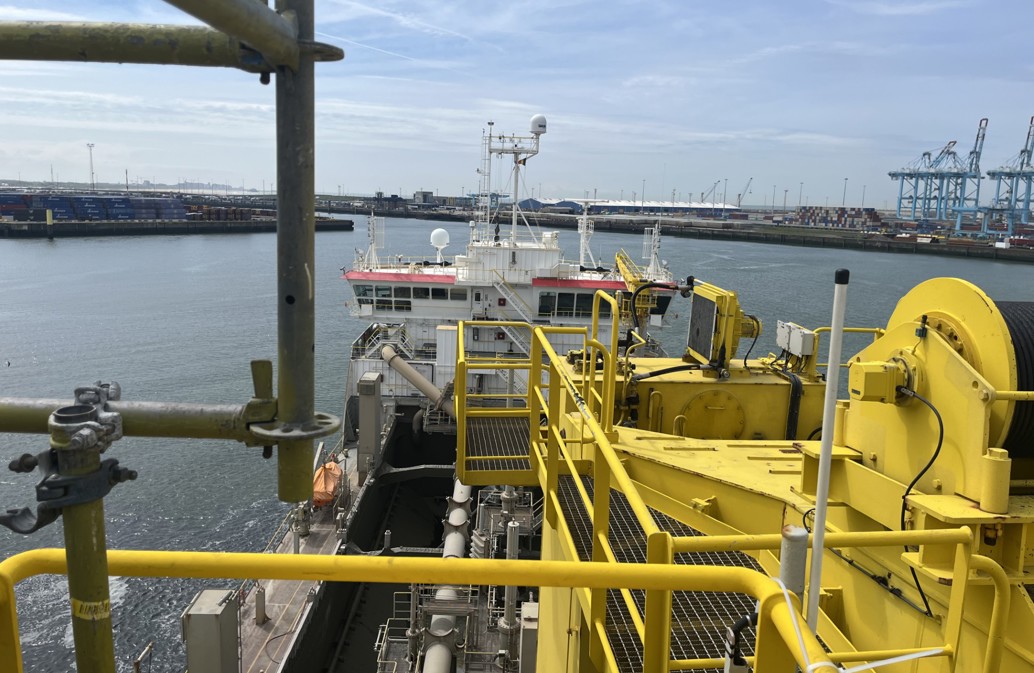
EMIGREEN - DPF and SCR technology for maritime applications
Levels of particles and NOx drop by DPF and SCR. Emigreen Diesel Particulate Filter and OEM SCR catalyst systems have been validated including the environmental impact, practical application and scalability, economic aspects and future proofness. The systems reduce particle and NOx emissions significantly and can be used on all Dutch reference ships. Read about the upcoming stringent legislation, conditions of operating, and the importance of maintenance and monitoring.
DownloadData driven operational advice
How to change the use of the ship in the operations it is carrying out, so that the emissions are reduced? A flowchart is developed to show five steps starting from the functionality towards the theoretical gains, operational output, required data input, via operational complexity to an assessment of the investment feasibility. Three different methods where investigated and tested during a trial on a standard container ship. Ship owners have to make specific decisions for their specific fleet. Read summary and full report for the insights shared.
Download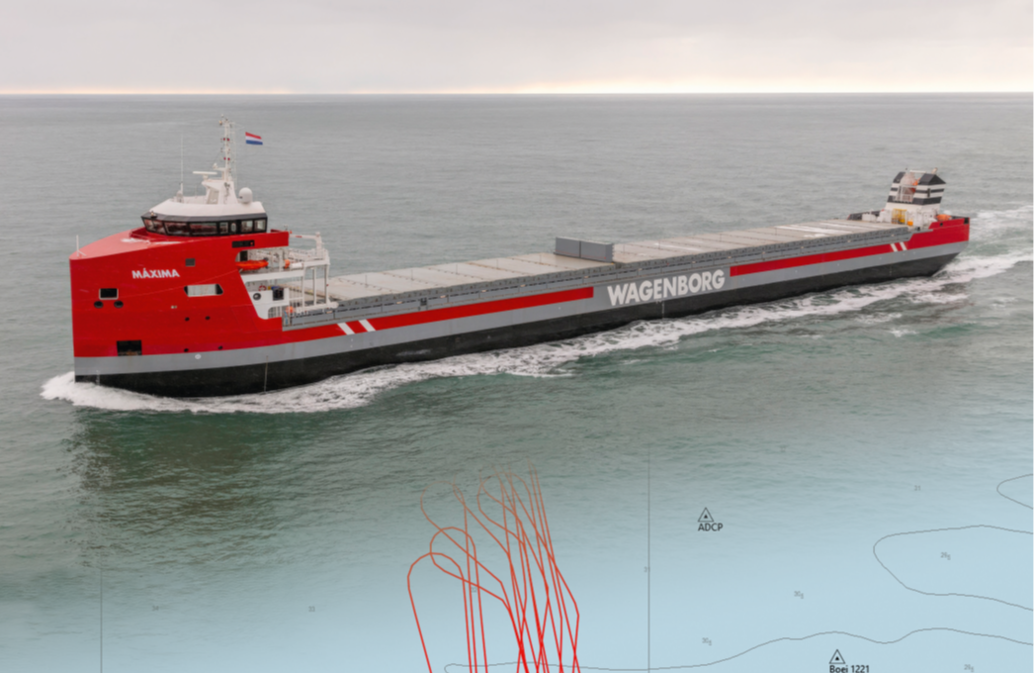
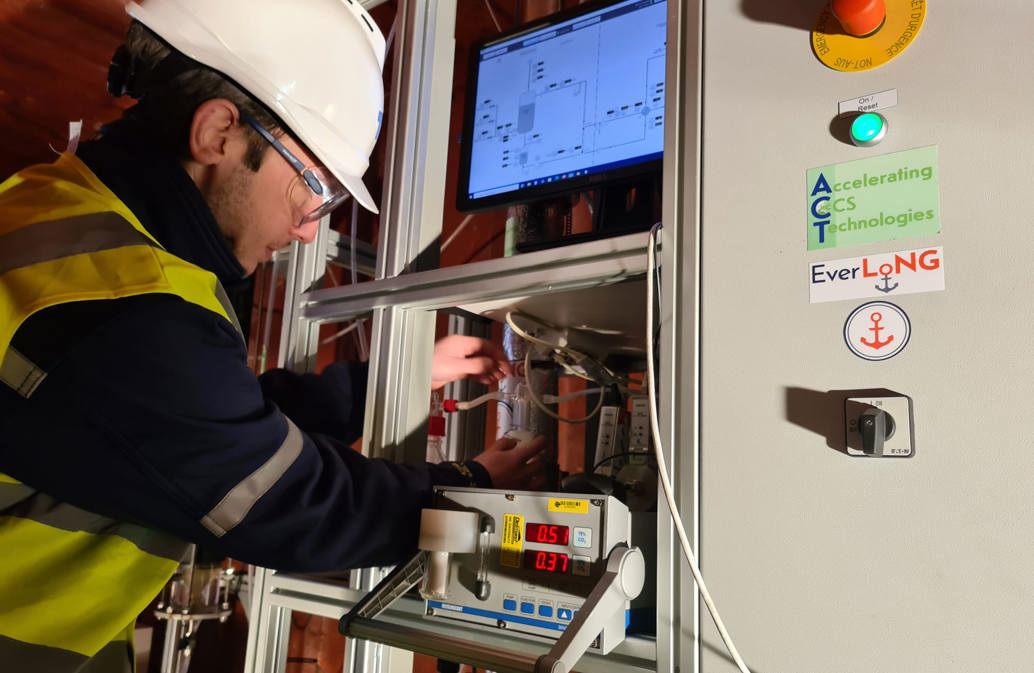
Ship-based carbon capture
Ship-based carbon capture (SBCC) is a technology for all carbon-based fuels. It captures CO2 from the exhaust gas and temporarily stores this on board in CO2 tanks. The CO2 can be unloaded in ports and used as a feedstock for e-fuels, stored underground, or bound to other products. The technology potentially offers the reduction of up to 90% CO2eq emission. Infrastructure, regulations, standardisation and a modular structure should lead to scaling up and cost reduction.
DownloadContra Rotating Propellers
A CRP has two propellers behind each other, rotating in opposite direction. The rotational loss from the front is recovered by the rear propeller. The optimum rotation rates are 35 to 50% lower than that of the single propeller. Then, the CRP would provide savings of 12 to 15% in required power at the propellers. Ship emissions profit from this reduction in power. CRPs are mostly applied for new builds. Not suited for dredgers, tugs and fishing vessels but applicable to cargo, offshore supply, container ships, bulk and tankers. Download the info and read about costs and prospects.
Download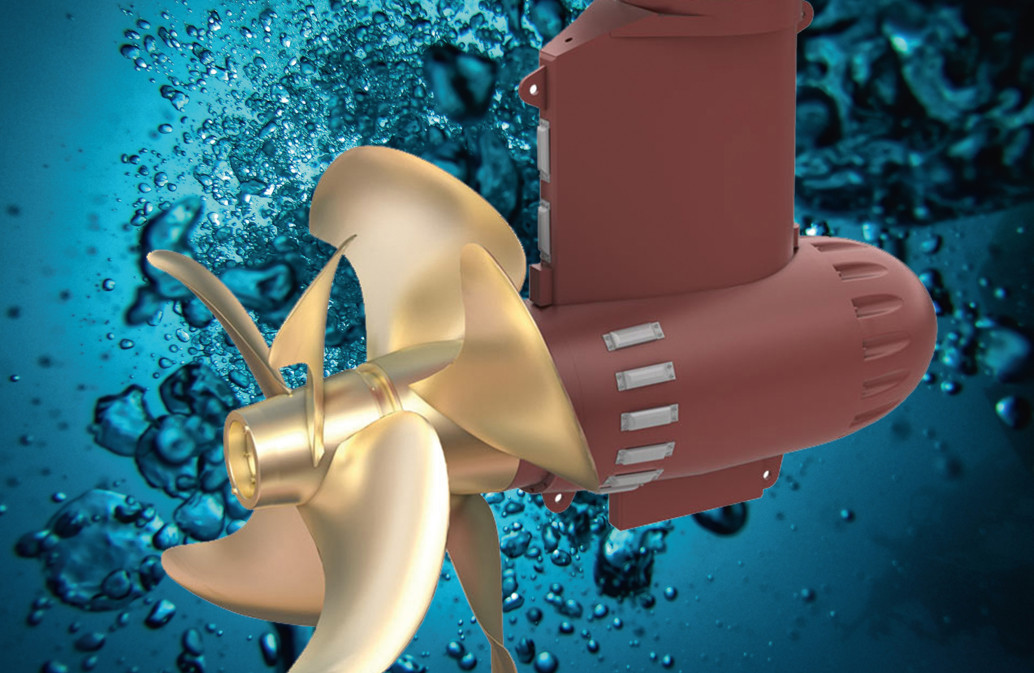
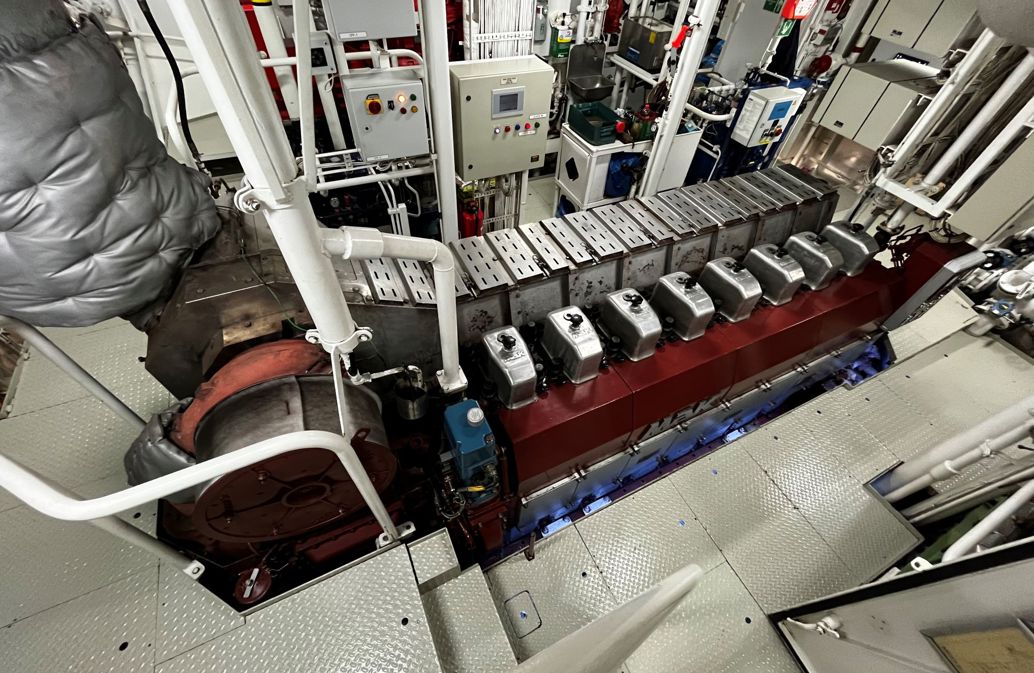
Biodiesel up to 100% in medium speed vessels
Seagoing vessels can reduce their Well to Wake CO2-emissions significantly by using biodiesel. Emission effects (both climate and environmental) and the future proofness of biodiesel are shown. TNO researched different blends of GoodFuels MDF1, a type of Fatty Acid Methyl Ester. Dutch shipowners and engine manufacturers had the chance to respond to this research during a survey. Check out the findings (summary and full study).
DownloadGreen methanol as engine fuel
Methanol can be applied in most vessel types, however does take more space than conventional fuels. The current availability of methanol engines is limited to medium speed types (Wärtsilä) and several slow-speed types (e.g., MAN), but developments are ongoing. For the relatively small Dutch reference vessels, the future availability of high-speed single and dual-fuel engines or methanol fuel cell system are the most important development aspects. Only green methanol cuts emissions up to 90% and e-methanol potentially eliminates all CO2 emissions. Get your info from the factsheet Methanol.
Download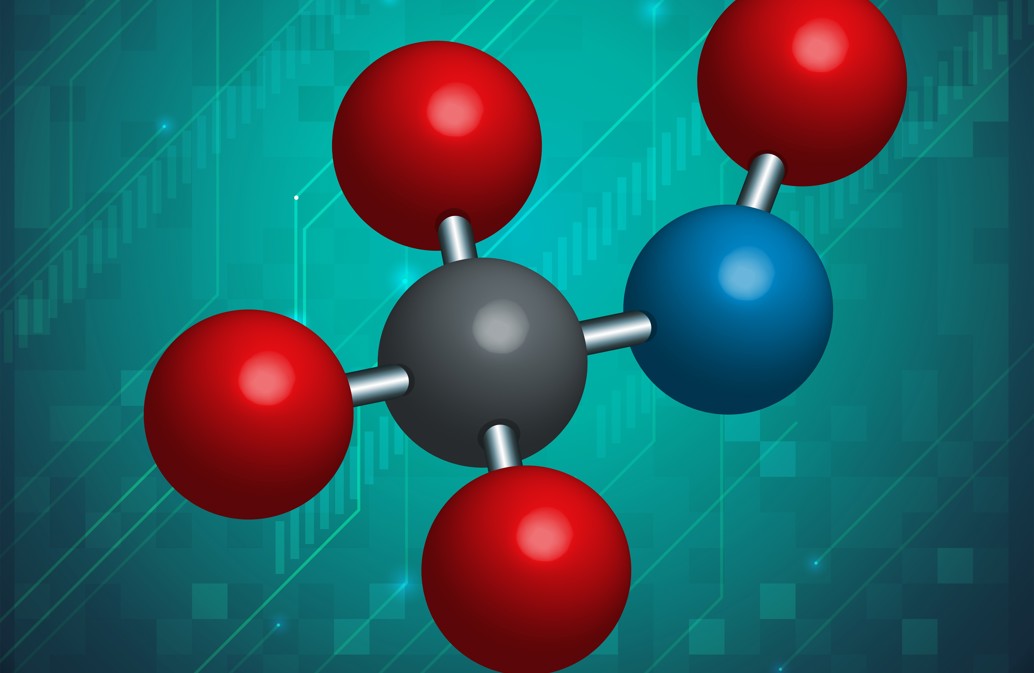
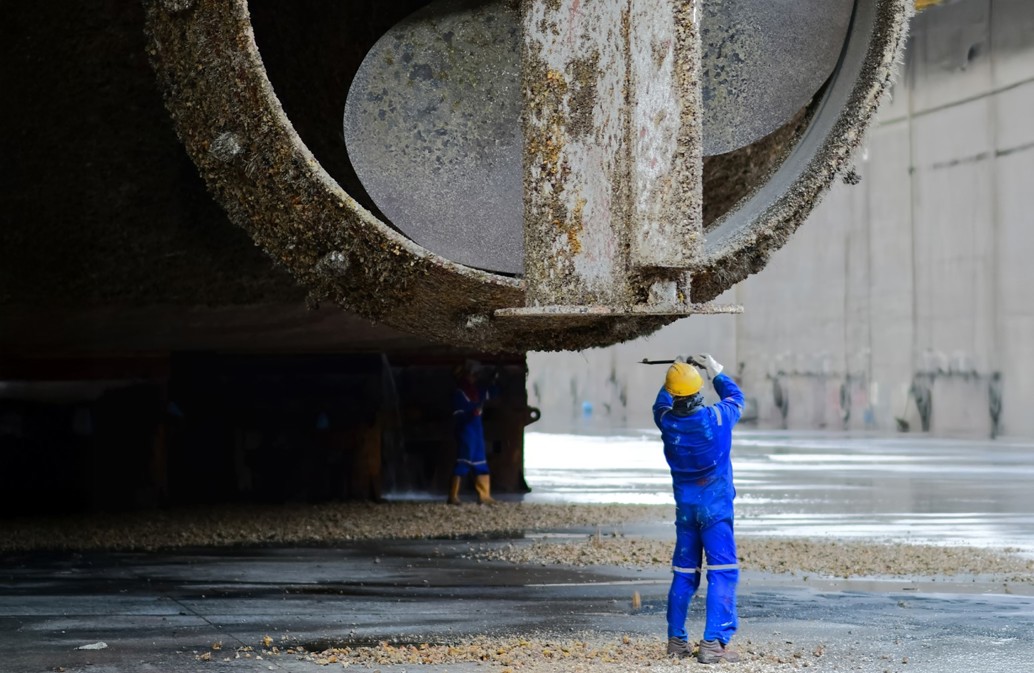
Less fouling, less impact
Whether small or large, operating in warm or colder waters: all types of ships benefit from antifouling solutions. Slime layers and hard biofouling increase fuel consumption from 10 even till 100%. Get your update on saving fuel and lowering emissions by implementing state-of-the-art techniques such as in-water robotic cleaning (summary). Furthermore, biocide-free coatings are developing and promising. Read the current knowledge and get recommendations (full report).
DownloadCold ironing
Cold ironing is a technique which allows ships to reduce CO2 and local emissions by providing a clean alternative while berthed in a port. Essentially, the ship’s electric power system is connected to an on-shore power source, which enables it to supply the auxiliary system on the ship. Without this system, the diesel generators have to keep on running to supply the auxiliary system, leading to the corresponding emission.
Download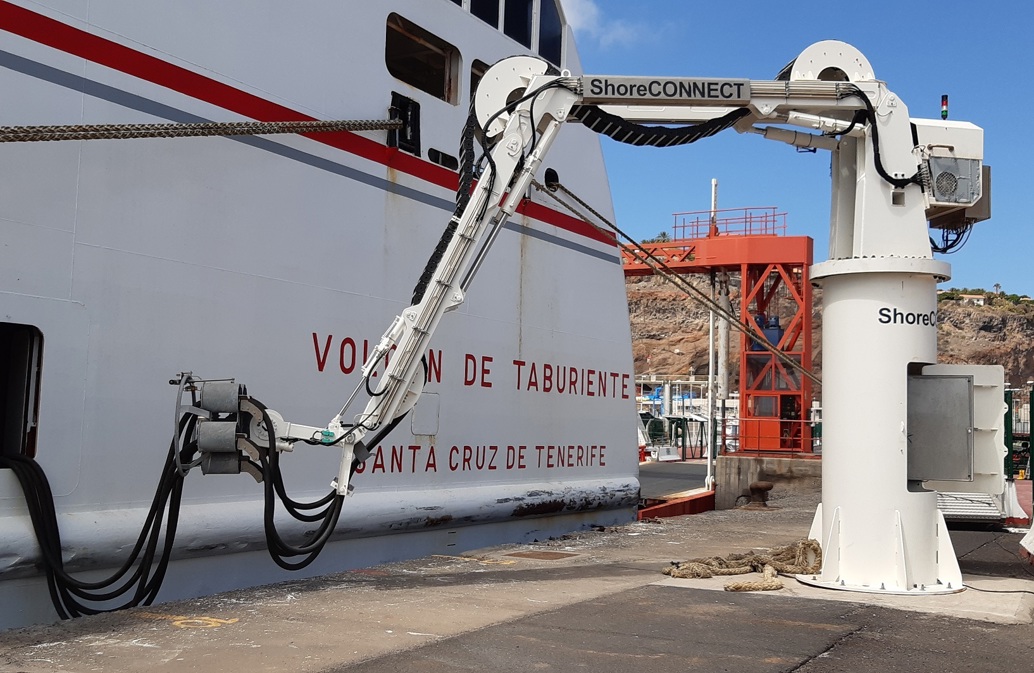
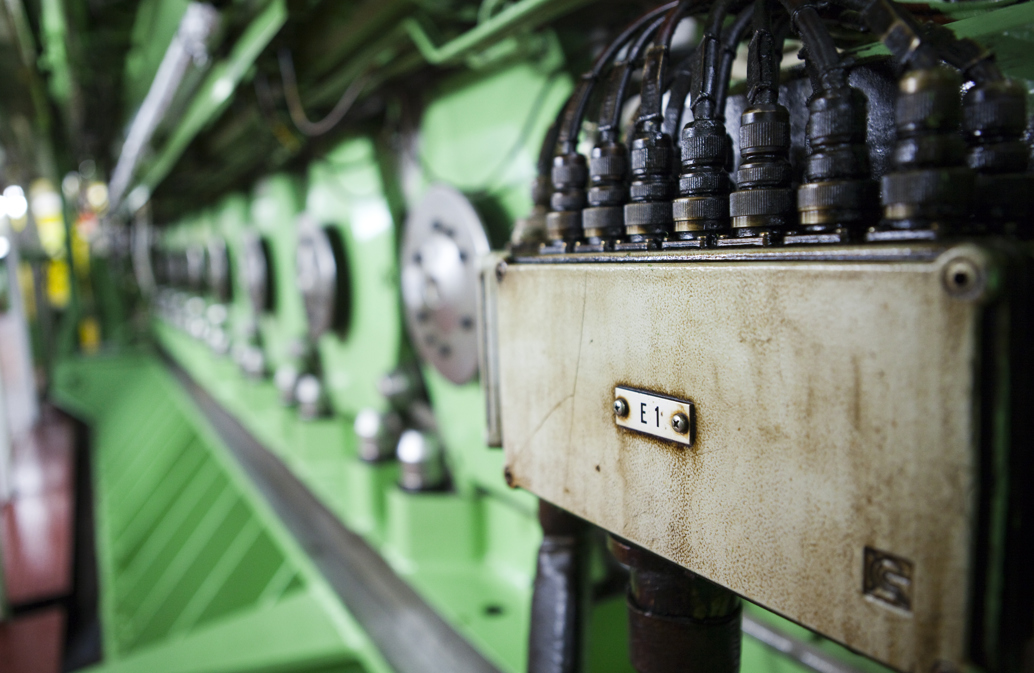
Selective Catalytic Reduction (SCR) aftertreatment system
SCR aftertreatment is one of the most effective methods to reduce the level of NOx emissions. It is currently the mostly used NOx reduction option for diesel engines to achieve Tier III emissions. It is also suitable for other engines and fuel types such as LNG, methanol and ammonia engines to meet Tier III emission level.
DownloadEnergy Saving Devices
Energy-Saving Devices (ESDs) are modifications made on a ship to reduce its hydrodynamic energy consumption. Their application either recovers hydrodynamic design losses in retrofit, or avoids them on new-builds. To do so, they have at least one of these three properties: reducing resistance forces, reducing propeller losses, or recovering lost energy.
Download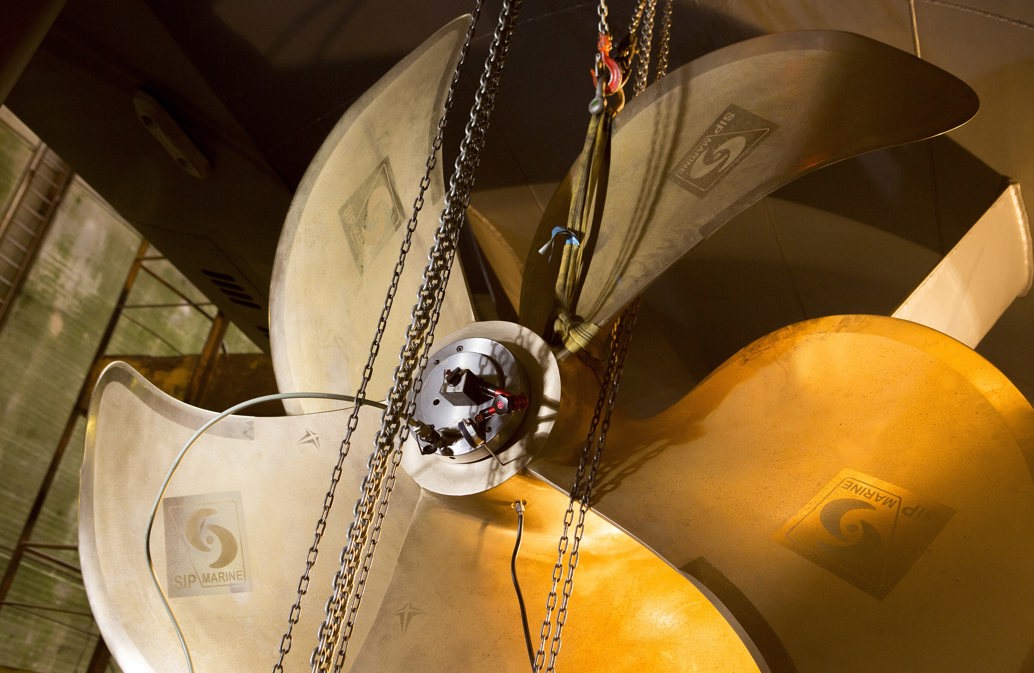
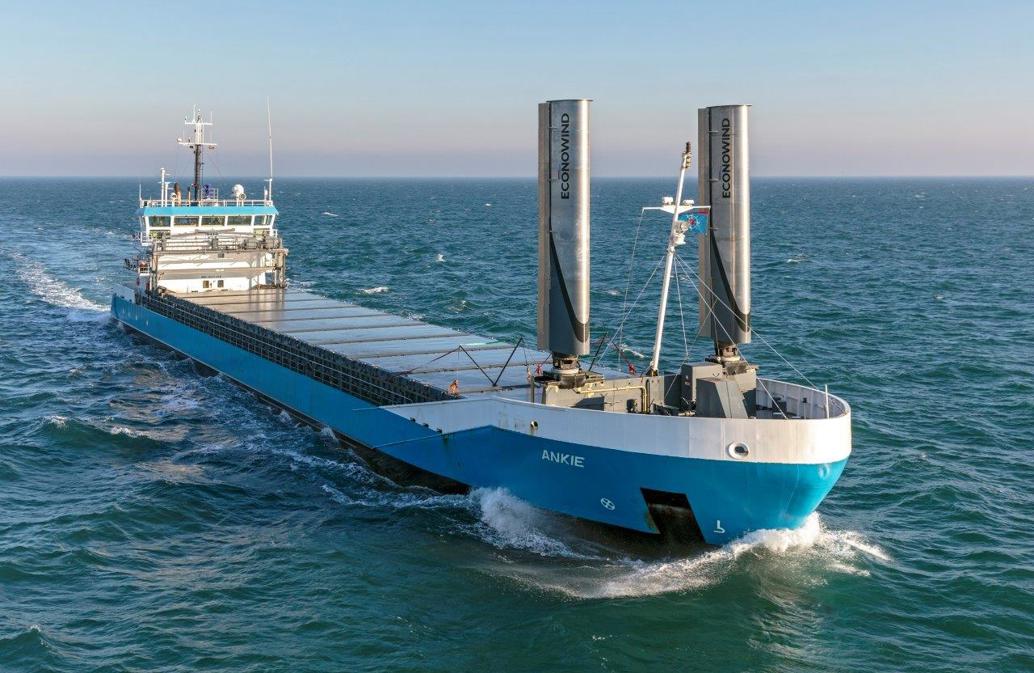
Wind Propulsion
Wind propulsion can be used from modest energy saving of 5%-15% up till providing the majority of propulsion power. The extent to which it can be applied is highly dependent on: The wind statistics on the route(s) as used by the vessel, the ship speed and geometric and structural constraints considering e.g. proximity to superstructures, cranes, hatch covers
Download